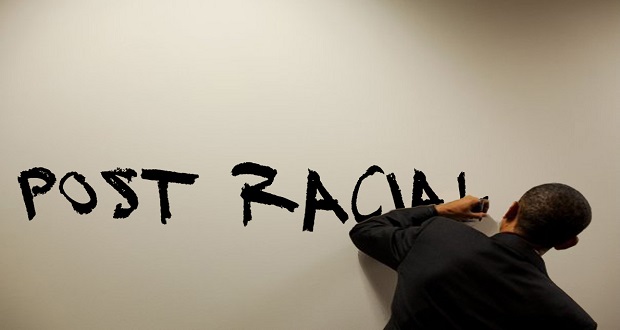 This week Forbes posted a piece entitled, Why So Few Women And Minorities At The Top? Here’s The Real Reason, written by Dorie Clark, marketing strategist who teaches at Duke University’s Fuqua School of Business. She cites a book written in 2006 by Kenji Yoshino, NYU Law professor, called Covering and a recently released white paper by the book’s author and Christie Smith of Deloitte Consulting, Uncovering Talent, A New Model of Inclusion. The white paper further expands the concept of “covering” – “the process through which individuals downplay their differences, often at great cost to their sense of self to be included the workplace.”
This week Forbes posted a piece entitled, Why So Few Women And Minorities At The Top? Here’s The Real Reason, written by Dorie Clark, marketing strategist who teaches at Duke University’s Fuqua School of Business. She cites a book written in 2006 by Kenji Yoshino, NYU Law professor, called Covering and a recently released white paper by the book’s author and Christie Smith of Deloitte Consulting, Uncovering Talent, A New Model of Inclusion. The white paper further expands the concept of “covering” – “the process through which individuals downplay their differences, often at great cost to their sense of self to be included the workplace.”
The Winters Group uses the Intercultural Development Inventory® (IDI®) to assess intercultural competence. One of the orientations along the Intercultural Development Continuum® is minimization, a developmental stage where individuals overestimate commonalities which can mask the ability to discern differences that make a difference. Minimization sometimes manifests differently for non-dominant culture individuals. It can be a strategy to downplay differences or “go along to get along”. This is similar to what Smith and Yoshini call “covering”.
|
The opposite for courage is not cowardice, it is conformity. Even a dead fish can go with the flow. -Jim Hightower |
I believe that those of us who are historically underrepresented in organizations will have to muster up the courage to share our “differences”, not downplay them or minimize them. One major reason that diversity and inclusion is “stuck” and the dominant group does not “get it” is because we are not willing to challenge the status quo. We have learned that in order to just survive (not necessarily succeed) we have to hide as much of our culture as possible, assimilate and not reveal all of who we are. Not only do we lose “sense of self” as the authors suggest, the organization loses our different perspectives which could lead to the next great breakthrough. I once gave IDI® feedback to an African American male whose developmental orientation was minimization. He acknowledged it saying, “Yes I minimize my differences. I am a big, black guy. When I come into the room, everyone can see that I am different. I want them to see me as the same as them. If they see me as different, I become a threat.” He admitted that he did not rock the boat, he in essence did all that he could to “blend in”. He also admitted that he was not really giving all that he might to the organization, for fear that his ideas would be negatively judged.
This creates a no-win situation for historically underrepresented groups. If you do not “stand out”, offer new ideas, you will likely be evaluated as “average.” Average performers do not make it to the C-suite. If you do show up as “yourself”, you run the risk of being judged as too different, not a good fit. This double-bind reality is why we see so few historically underrepresented groups in senior positions.
So I have to ask is the sacrifice worth the outcome? Either way, reaching the top appears to be a pipe dream for most historically underrepresented groups.
We spend a lot of time talking about what the dominant group needs to do differently; what leaders should do. I think we need to spend as much time talking about how we, in underrepresented groups, need to respond differently, take the risks, while accepting the potential consequences. If a critical mass “uncovers”, we would reach the tipping point thereby greater reducing the risk for others.
I know that what I am suggesting is not easy and the consequences could be dire. In the next post, I will offer some strategies for effectively showing up in the workplace as “yourself” and not under cover.


















